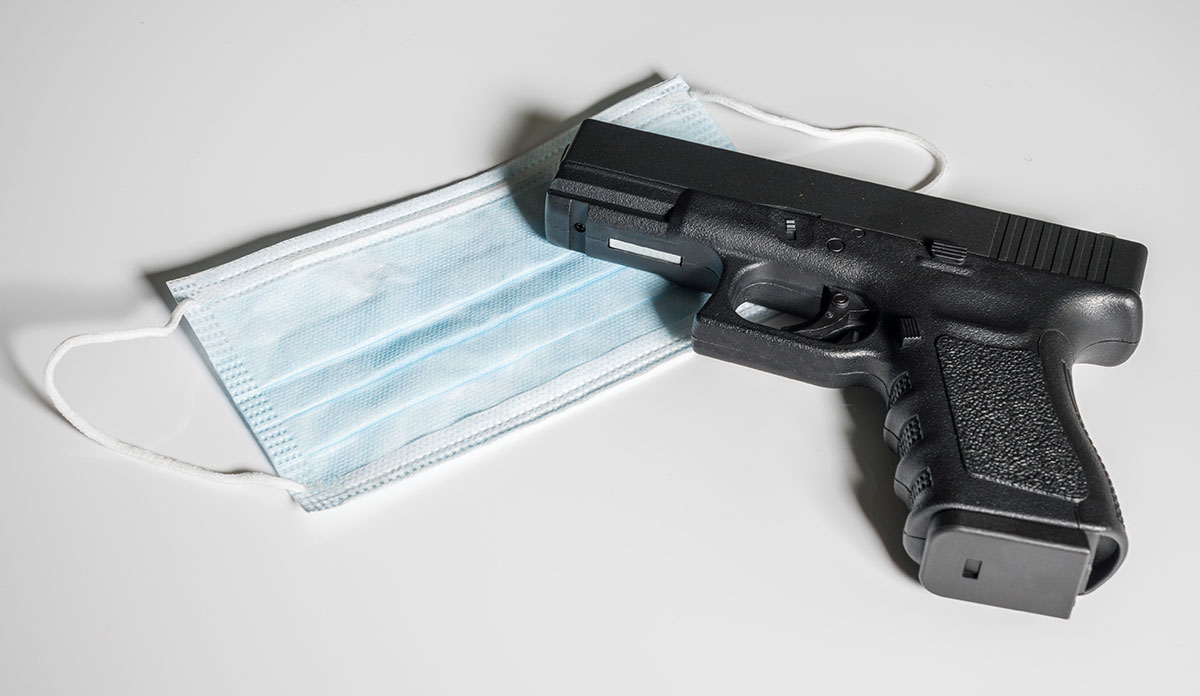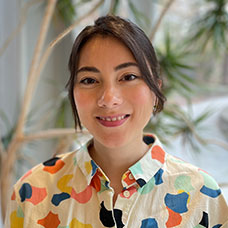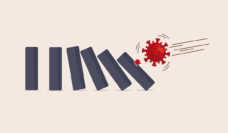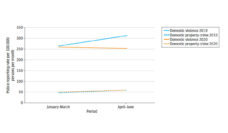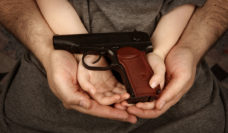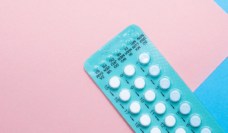The COVID-19 pandemic led to policies that disrupted many aspects of daily life in cities across the globe. For criminologists, the onset of the pandemic provided a natural experiment that led many to ask, what exactly happens to crime rates when everything stops? Answering this question is not only important for our understanding of how crime occurs, but also for developing sound policy and practice.
In the U.S., some researchers reported that certain offenses, like burglary and other property crimes, decreased as social distancing policies went into effect. This made intuitive sense. As more people were staying home, they were able to guard their homes from would-be burglars. But it turned out that this downward trend was not true of all crimes. In Philadelphia, the number of people injured or killed by gun violence rose more than 50% in 2020 from the previous year, even while the city was experiencing an overall crime decline.
In our recent study published in PLOS One, we wanted to drill down even further into this citywide trend. We asked whether shootings trended differently across Philadelphia neighborhoods after the pandemic began. And if they did, what factors determined whether shootings in one community rose faster or slower than in others?
To answer these questions, we ran a series of statistical models that examined the rate of change in gun violence in Philadelphia census tracts both before and after the pandemic began. Our data spanned the time period between January 2017 and June 2021. Shootings in Philadelphia neighborhoods had already been increasing before the pandemic. Yet we found that the average shooting rate grew faster from March 2020 through the end of the year. We also found that not all neighborhoods increased at the same rate.
To figure out which factors had any bearing on these differences, we ran additional models that tested a series of community risk-factors typically linked to higher rates of gun violence. Some examples include residential turnover, and the extent of community disadvantage (i.e., a combination of poverty, unemployment, female-headed households, and households on public assistance). We also tested whether communities with a lot of police activity, 311 calls for physical disorder, or drug market activity prior to the start of the pandemic may have contributed to the rapid increases we saw in some neighborhoods.
What we found was somewhat surprising:
- Disadvantaged communities located near other high disadvantaged communities tended to have more gun violence than those without these risk factors. But gun violence did not increase after the pandemic began.
- The only community features relevant to increasing shooting rates were drug market activity and police stops.
In other words, our findings suggest something was going on in drug markets that contributed to the rapid increase in shootings during 2020. Although our data and models prevent us from being able to say conclusively what this was, some possibilities include shifts in competition among drug organizations or user-demand. Further, our finding that neighborhoods with more police activity had more concurrent shootings challenges the notion that a pull-back in policing corresponded to a rise in shootings.
Future research needs to delve even further into these relationships to understand what makes communities more vulnerable to conditions like those introduced in 2020. Understanding the consequences of pandemic restrictions at the local level will aid in policy development that balances the public health and public safety needs of communities. As gun violence continues to be a concern, city leaders can use our findings on the relevance of drug markets to be strategic in targeting intervention efforts to areas with high drug market activity.
Photo via Getty Images









